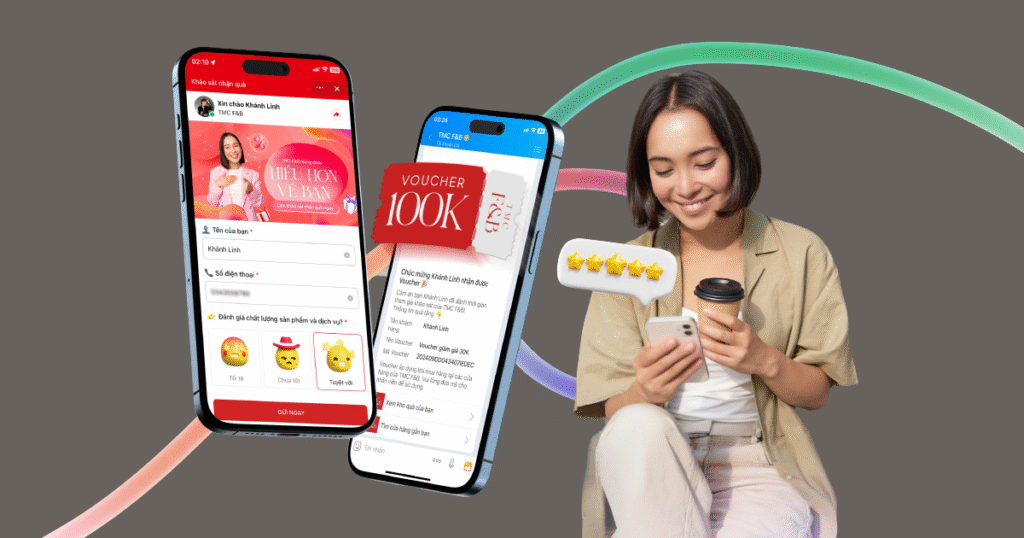Customer surveys play an essential role in helping businesses listen to and gain a deeper understanding of the needs, desires, and satisfaction levels of consumers. This is not just a tool for data collection but also a bridge to build long-term relationships, improve service and product quality. To achieve the highest effectiveness in surveys, it's necessary to create motivation for customers to participate by making the process engaging, convenient, and truly valuable. When customers feel that their opinions are respected and lead to positive changes, they will be more willing to share. For example, in the F&B industry, a timely survey right after a meal can help detect issues with dish flavors or service speed, allowing for quick adjustments to enhance the overall experience. Surveys also enable businesses to identify trends, such as preferences for healthier options or faster delivery, which can inform menu updates and operational improvements. Moreover, regular surveying fosters a culture of continuous improvement, where feedback loops become integral to business strategy, ultimately leading to higher customer retention and positive word-of-mouth.
Reasons Why Customers Might Be Reluctant to Participate in Surveys
Not every customer is enthusiastic about participating in surveys, especially if they are lengthy, complicated, or do not offer clear benefits. Many people feel it's a waste of time to answer a series of questions without seeing any tangible results. Additionally, concerns about providing personal information, such as phone numbers or emails, and uncertainty about how the data will be used, make some customers hesitant regarding privacy. If the survey fails to convey that their opinions are truly important and will result in improvements, they often view it as pointless. In the F&B sector, busy customers after a meal might skip a survey if it requires too many steps, resulting in low participation rates and incomplete data. This reluctance can stem from past experiences where feedback was ignored, leading to skepticism about the process.
However, there are several ways to encourage customer participation. First, offering rewards or incentives, such as discount vouchers for the next purchase, can create strong motivation, even if it's not the only factor. Surveys should be designed to be concise and easy to understand, focusing only on key questions to avoid fatiguing customers. Ensuring data privacy by not requiring unnecessary information and being transparent about data usage is crucial. Finally, clearly communicate the survey's objectives, emphasizing how customer opinions will help improve products or services, such as adjusting spice levels in dishes or reducing wait times based on feedback. By addressing these elements, businesses can transform surveys from a chore into a rewarding interaction that customers look forward to.
Challenges in Implementing Customer Surveys Using Traditional Methods
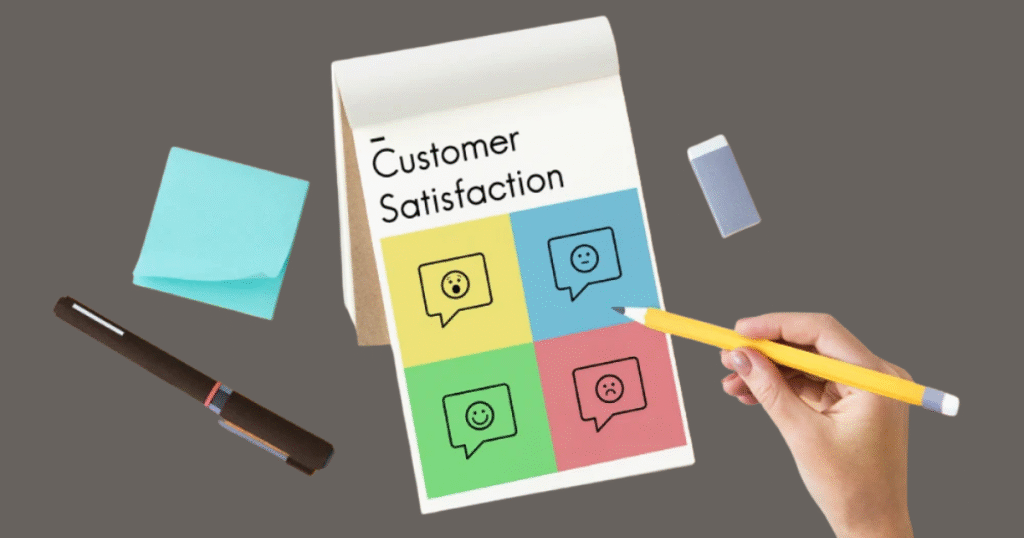
Businesses often face numerous difficulties when implementing surveys in a manual or unprofessional manner, leading to low efficiency and resource waste. Some still use paper survey forms, which are inconvenient for customers as they require manual filling and submission, while also posing challenges in data management, statistics, and storage. Printing and distribution costs are not insignificant, not to mention the risk of fraud where employees might create fake reviews to meet targets, distorting real data.
Other methods like phone calls or SMS messages seem more direct, but they are ineffective in today's era. Customers often ignore calls from unknown numbers or feel annoyed if messages arrive at inconvenient times, resulting in a negative impression of the brand. The costs for calls or SMS are also quite high, especially when reaching thousands of customers. In the F&B industry, a survey call after lunch might be seen as intrusive during rest time, causing customers to avoid it altogether. These approaches can backfire, turning potential feedback opportunities into sources of irritation.
Even online surveys have limitations, requiring customers to access a separate link, log in to an account, enter information, and answer lengthy questions. After completion, they often have to wait for a response from the business, which sometimes leads to no specific actions afterward. This can result in disappointment and loss of trust. Moreover, businesses lack tools for follow-up interactions, making the survey a one-way activity. The process feels disjointed, and without immediate acknowledgment, customers may feel their effort was in vain.
Another major issue is customer reviews on food delivery apps or social media. Customers prefer sharing there due to convenience, publicity, and the ability to impact businesses quickly. However, this poses challenges for businesses in controlling negative reviews, such as complaints about cold food or slow service, which can spread widely and harm reputation. Overall, while understanding the benefits of surveys, F&B businesses still face a tough puzzle in making the process accessible, professional, and effective for data collection. Traditional methods often fail to adapt to modern customer behaviors, leading to suboptimal results and missed opportunities for growth.
Exploring the Automated Customer Survey Script
The automated survey script is a marketing strategy that encourages customers to provide feedback on products, services, or experiences, accompanied by special incentives upon completion. By utilizing popular messaging platforms like Zalo, the process becomes simple and convenient. Customers don't need to download apps or go through complicated logins; basic information like names and phone numbers is auto-filled, and they just need to answer a few short questions to receive vouchers immediately. Everything happens on a single channel, providing speed and ease, thereby increasing satisfaction and motivating return visits with attractive post-survey offers. This seamless integration turns feedback into a positive experience, where customers feel valued without any hassle.
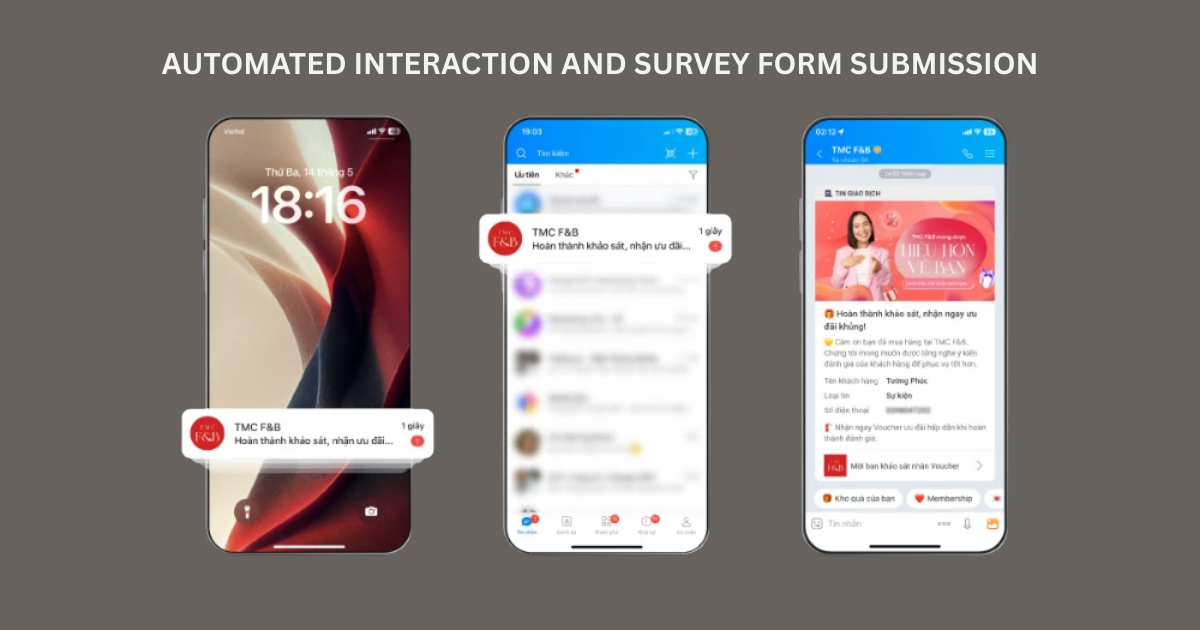
Automation eliminates risks from manual operations. Survey messages are sent automatically after the customer experiences the service, such as right after a meal. Upon completion, the system sends customized messages based on feedback: thanks with a voucher for satisfied customers, or apologies with a compensatory offer for negative reviews, showing humility and commitment. This allows for quick issue resolution and control, minimizing risks from fake reviews or unfair competition on other platforms. Real-time data updates provide comprehensive insights into customer needs, desires, and satisfaction levels throughout the campaign.
Diverse Benefits from the Automated Survey Script
Implementing an automated survey script brings comprehensive benefits. First, it creates satisfaction and loyalty by offering a smooth experience where customers receive instant rewards, encouraging more frequent returns. For instance, a 20% discount voucher on a favorite drink can turn satisfied customers into loyal advocates, fostering repeat business and positive referrals.
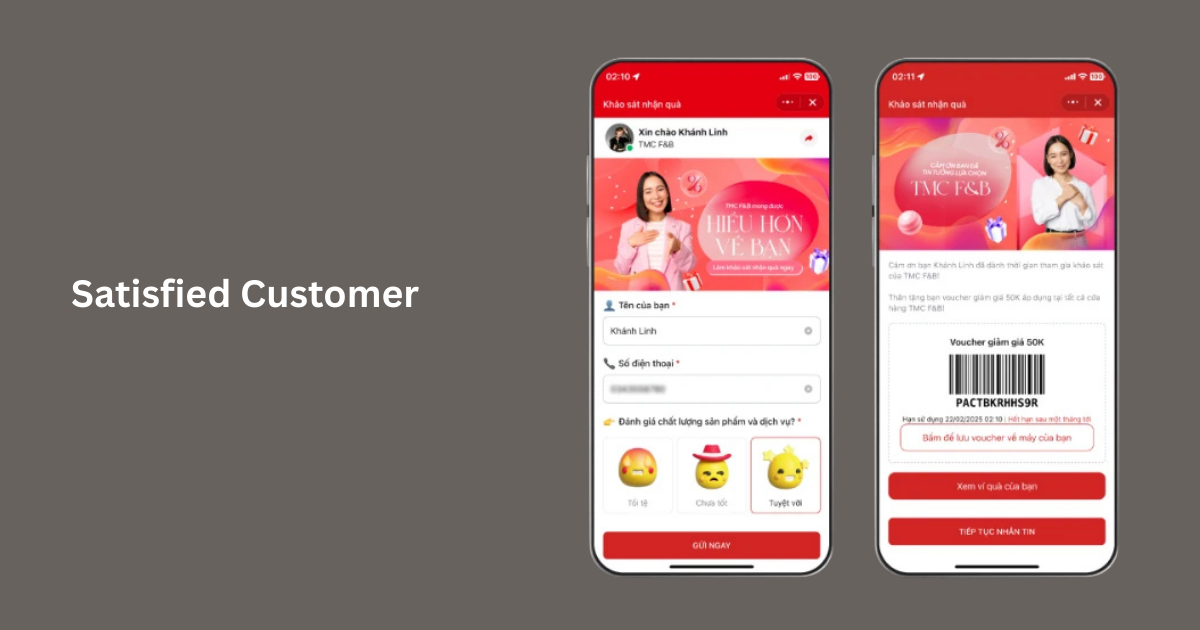
Next, automation optimizes costs by reducing the need for staff and resources compared to phone calls or SMS. Using messaging channels is cheaper and easily scalable without increasing operational burdens, allowing businesses to allocate savings to other areas like product development.
Customer interaction is also enhanced, as surveys become an effective way to show care and openness. Based on collected data, businesses can send personalized messages, such as suggestions for new dishes aligned with previous preferences, making experiences more engaging and tailored.
Improving product/service quality is a core benefit, with authentic feedback helping identify specific issues, like recipe adjustments or staff training. Real-time data enables trend tracking and timely modifications, ensuring offerings stay relevant and competitive.
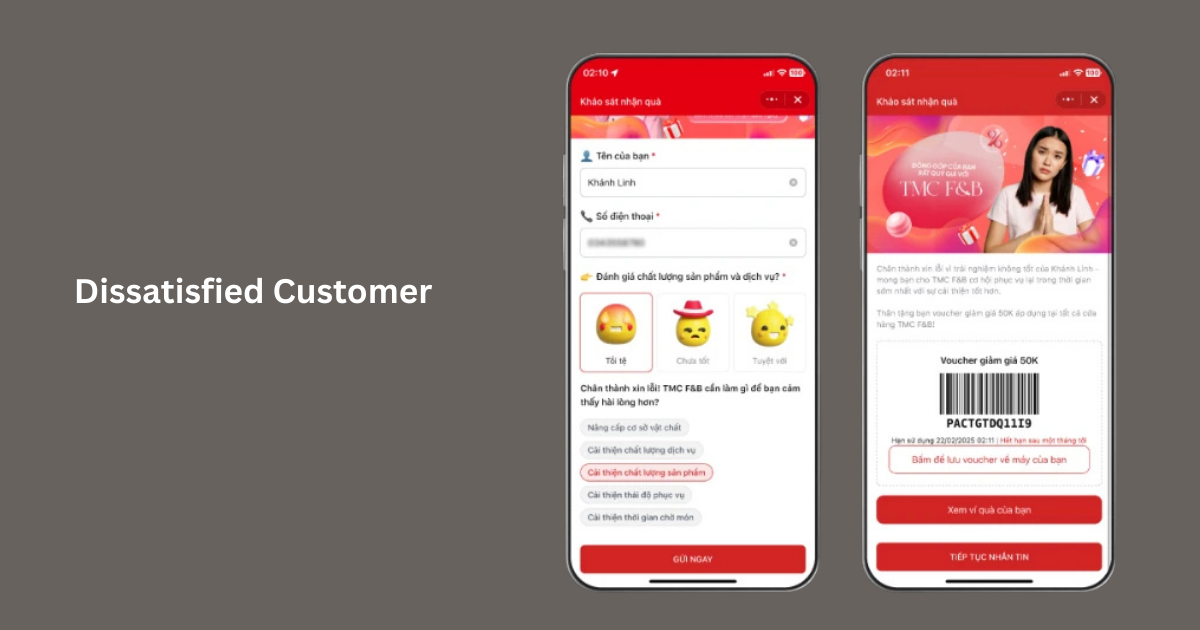
Additionally, this script naturally increases followers on the messaging channel, as customers need to follow to participate, opening doors for long-term engagement. Measuring effectiveness is straightforward through metrics like participation numbers, completion rates, reward redemption rates, and survey result statistics by customer segments.
Finally, data security is ensured, with the business owning all information, avoiding leaks or dependency on third parties. These elements help F&B businesses build efficient survey strategies, delivering long-term value for both sides. The approach not only collects data but also builds trust, turning feedback into a strategic asset for sustained success.
Steps to Implement the Automated Survey Script
To implement, start by setting up an automatic messaging system post-customer experience. Use a simple survey form with a few questions, like satisfaction ratings from 1-5 stars and open feedback. Then, based on results, send thank-you messages with offers for positive responses, or apologies and compensations for negatives. Track data via analytics tools for continuous adjustments, ensuring the survey aligns with customer behaviors. Test the script with a small group first to refine timing and questions, then scale up. Integrate it with CRM systems for deeper insights, and regularly review metrics to optimize incentives and question sets.
A New Direction for Surveys in the F&B Industry
Automated surveys not only address traditional challenges but also open opportunities to build sustainable customer relationships. By focusing on convenience, rewards, and timely responses, businesses can gather high-quality data, improve services, and boost revenue. Adopting popular messaging technology makes the process modern, efficient, and user-friendly, providing a competitive edge in the dynamic F&B sector. Hopefully, these insights offer a deeper perspective on optimizing customer surveys. This approach can transform feedback from a routine task into a powerful tool for innovation and customer-centric growth.
By following this, you’ll have a powerful Zalo OA. If you need more on optimizing Zalo OA for marketing and customer care, stay tuned for the next articles! Or to explore other Zalo features, follow this link. here.
Contact me for more advice on how to register a Zalo OA – Nguyễn Hải – 0906.851.053 (Zalo)
Source: The Master Channel


